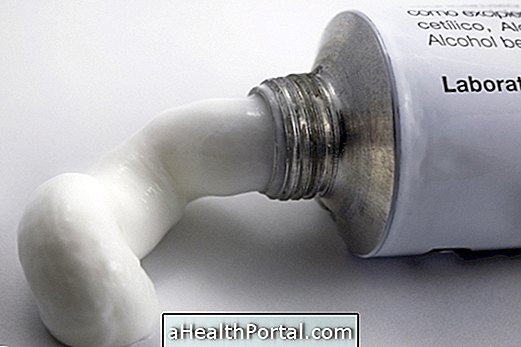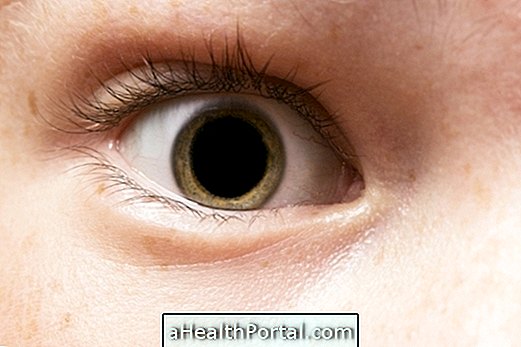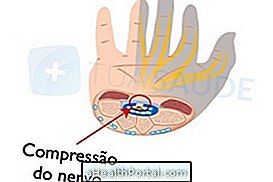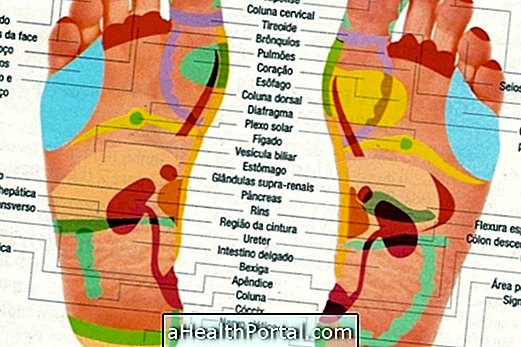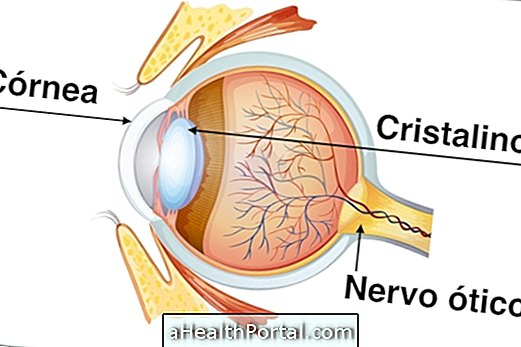Pheochromocytoma is a benign tumor that develops in the adrenal glands, located over the kidneys. Although this type of tumor is not life-threatening, it can produce several health problems, especially since the adrenal glands produce hormones that regulate the functioning of almost every organ in the body.
Thus, as the hormones are not produced correctly due to the presence of the tumor, it is common to have high blood pressure that does not decrease and other cardiovascular problems.
For this reason, even though it is not a malignant cancer, in most cases, pheochromocytoma must be removed through surgery to avoid injury to other organs over time.

What are the main symptoms
The symptoms of this type of tumor are more frequent between the ages of 20 and 50 and include:
- High blood pressure;
- Increased heart rate;
- Excessive sweat;
- Severe headache;
- Tremors;
- Pallor in the face;
- Feeling of shortness of breath.
Usually these symptoms of pheochromocytoma appear in crises that last between 15 to 20 minutes, and can happen more than once a day. However, blood pressure can always remain high and is difficult to control.
These crises of symptoms are more common after situations like exercising, being very nervous or anxious, changing the position of the body, using the bathroom or eating foods rich in tyrosine, such as some cheeses, avocado or smoked meat. See a more complete list of tyrosine-rich foods.
How the diagnosis is made
To confirm the diagnosis of pheochromocytoma, the doctor may order various tests such as blood tests that measure the hormones produced by the adrenal glands, such as adrenaline or norepinephrine, as well as computed tomography or magnetic resonance imaging, which assess the structure of the adrenal glands.
How the treatment is done
The best form of treatment for pheochromocytoma is to have surgery to remove the tumor from the affected adrenal gland. However, before performing the surgery, the doctor may prescribe some medications that help to regulate the pressure and decrease the risk of complications, such as:
- Alpha blockers, such as Doxazosin or Terazosin: improve blood circulation and reduce high blood pressure;
- Beta blockers, such as Atenolol or Metoprolol: decrease heart rate and keep blood pressure under control;
- Other remedies for high blood pressure, such as Captopril or Amlodipine: are used when blood pressure does not decrease only with the use of alpha or beta blockers.
These drugs are usually used for a period of about 10 days before surgery.
When the pressure is controlled, it is usually possible to perform surgery to remove the tumor. In most cases, the entire adrenal gland is removed during surgery, however, if the other gland has also been removed, the surgeon tries to remove only the affected region of the gland, so that the healthy part continues to function normally.
Pheochromocytoma surgery
Treatment for pheochromocytoma is done, in most cases, with surgery to try to remove as much of the tumor from the affected adrenal gland as possible.
Pheochromocytoma surgery is done under general anesthesia and, in most cases, the doctor chooses to remove the entire affected adrenal gland, to reduce the risk of the tumor coming back. However, if the other gland is also affected or if I have already removed it previously, the doctor removes only the affected portion of the gland, keeping the healthy part.
Generally, the healthy gland is able to maintain its function and produce the hormones needed by the body. However, when this production is compromised, the doctor can prescribe hormone replacement, which can be done for a lifetime.
Treatment for malignant pheochromocytoma
Although pheochromocytoma is quite rare, it can also be a malignant tumor and, in these cases, after surgery it may be necessary to undergo chemotherapy or radiotherapy to eliminate all malignant cells or metastases, depending on the degree of evolution of the tumor.
Signs of improvement
The first signs of improvement appear about 1 week after starting treatment with the drugs and include a decrease in blood pressure and heart rate. After surgery, all symptoms disappear completely. However, in the case of malignant cancer, some symptoms may still be maintained or even signs of cancer with metastases such as pain with no apparent cause or weight loss, for example, may appear.
Signs of worsening
The signs of worsening are more frequent while the treatment is not started and may include increased tremors, severe headache and shortness of breath, as well as a marked increase in blood pressure and heart rate.
Was this information helpful?
Yes No
Your opinion is important! Write here how we can improve our text:
Any questions? Click here to be answered.
Email in which you want to receive a reply:
Check the confirmation email we sent you.
Your name:
Reason for visit:
--- Choose your reason --- DiseaseLive betterHelp another personGain knowledge
Are you a health professional?
NoMedicalPharmaceuticalsNurseNutritionistBiomedicalPhysiotherapistBeauticianOther













